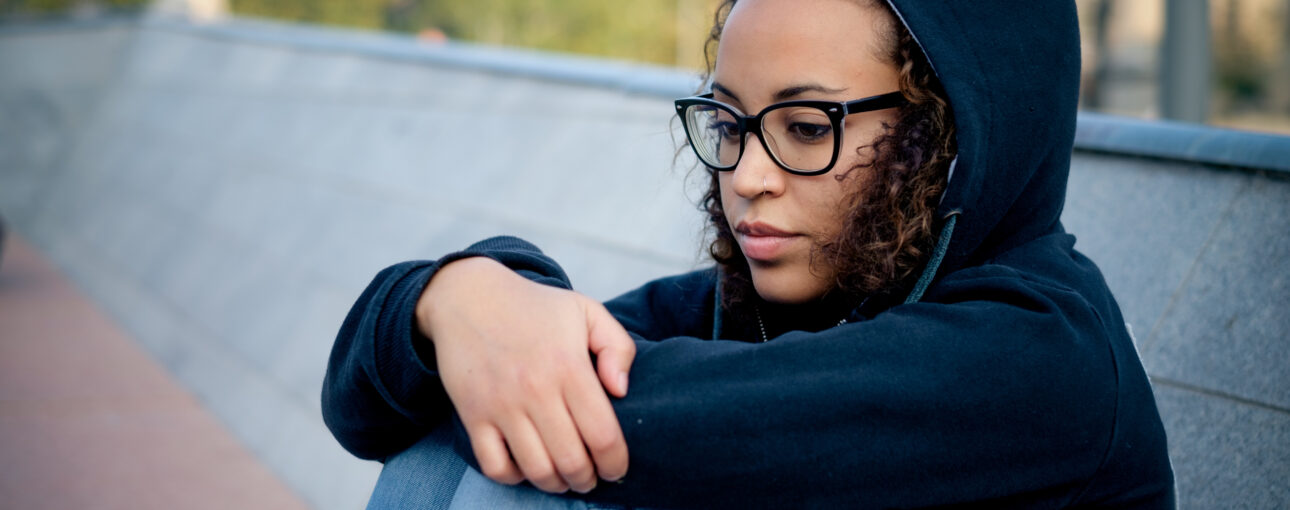UPDATED ON MAY 14, 2023, AND ORIGINALLY POSTED APRIL 13, 2020, BY THE ANNIE E. CASEY FOUNDATION
The share of children who are Black and in foster care is the lowest it has been in two decades. Even so, Black children are still overrepresented among youth in foster care relative to the general child population.
In 2021, Black children represented 14% of the total child population but 22% of all kids in foster care.
By comparison: White kids represent 49% of the nation’s child population and only 43% of its foster care population. Latino or Hispanic children represent 26% of kids nationwide, yet 22% of all kids in foster care. And Asian American and Native Hawaiian/Pacific Islander kids make up nearly 5.5% of the U.S. child population but only 1% of its foster care population. In other words, these three groups are under-represented in foster care when compared to their presence in the total child population.
Like Black children, American Indian and Alaska Native kids are also overrepresented in foster care, making up 2% of those in care and 1% of the child population.
Over the last five years, the data on kids in foster care, broken down by race and ethnicity, has remained fairly steady. White children make up more than two in five kids in care (43%), while Black and Hispanic or Latino kids each comprise more than one in five (both 22%). Multiracial children make up 8% of those in care, and American Indian/Alaska Native and Asian American or Native Hawaiian/Pacific Islander kids represent smaller shares, at 2% and 1%, respectively. These figures come from Child Trends, which analyzed data from the Adoption and Foster Care Analysis and Reporting System.
This statistical stasis masks, to a degree, a longer-term trend: the share of Black children in care has been on the decline for two decades, steadily dropping from 39% in 2000 before stabilizing at 23% in 2016 and then falling one more percentage point in 2021. During this same time period, the percentage of white kids in care rose from 38% to 43%, and the share of Latino or Hispanic kids rose from 15% to 22%.
These figures only cover children in the U.S. foster care system — that is, boys and girls ages 0 to 17. Most states extend some level of foster care benefits to young adults, who are not included in this update.
Closer looks at the total foster care population nationally and in the states and of foster care children by age group and gender can also be found here on the KIDS COUNT Data Center. See also how the overall population of children in the U.S. has shifted, with new data from the 2020 census.

